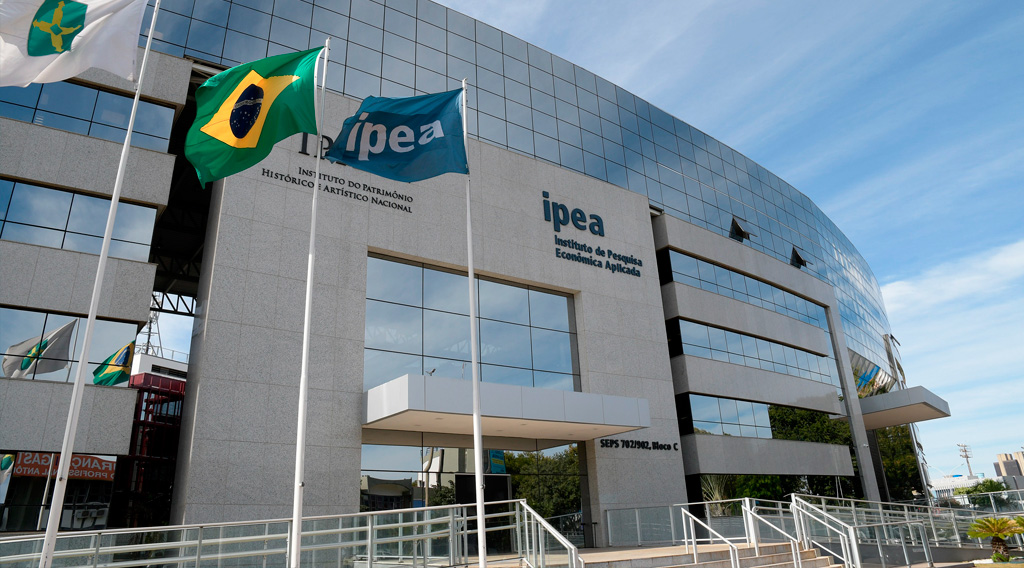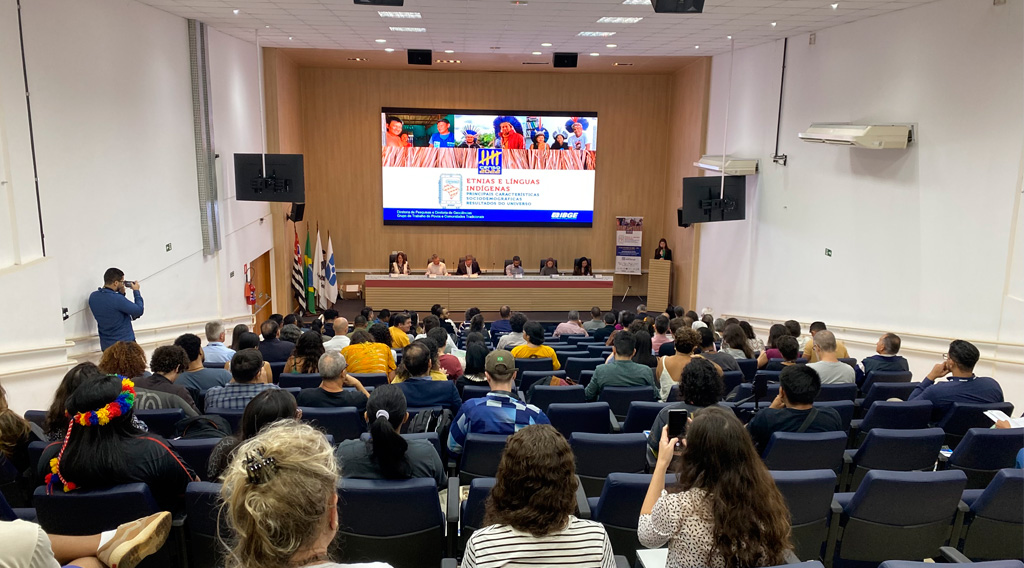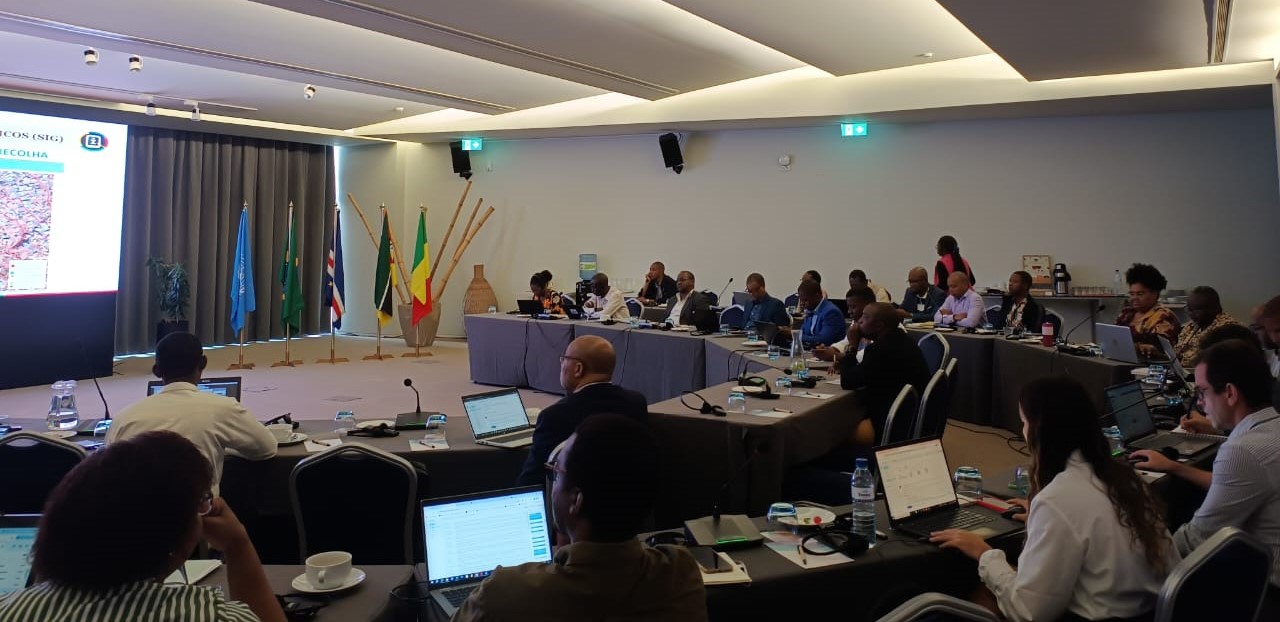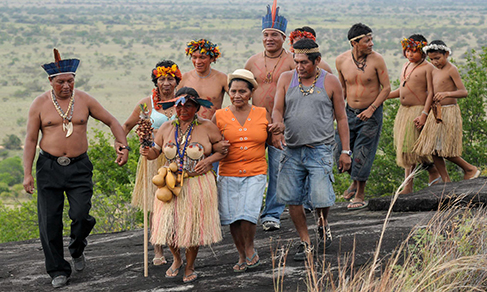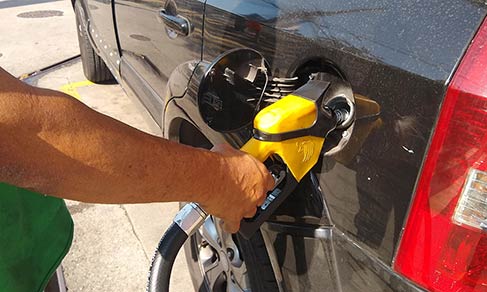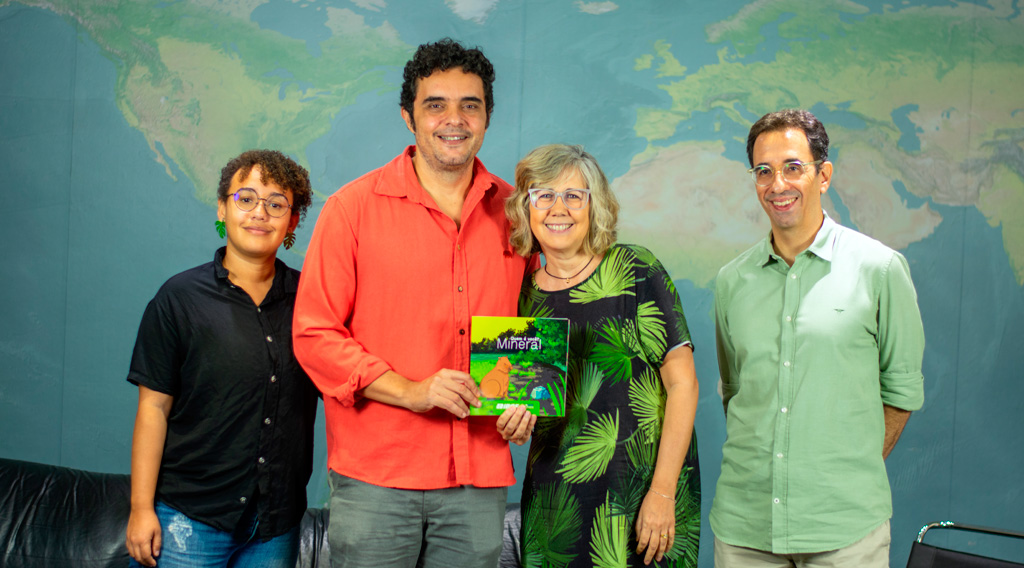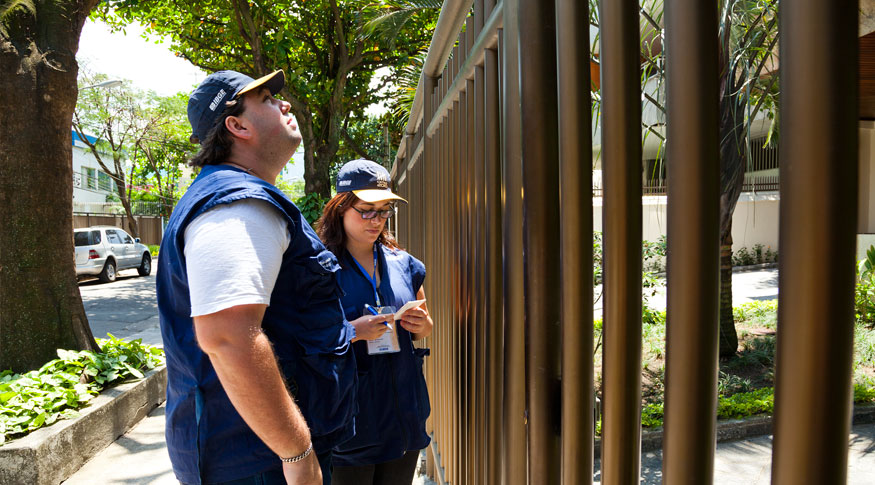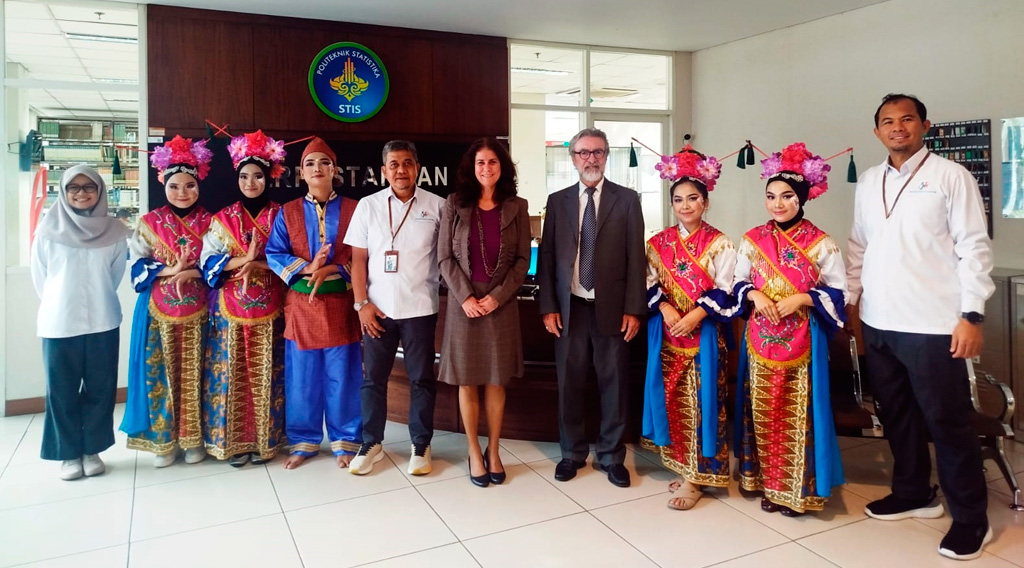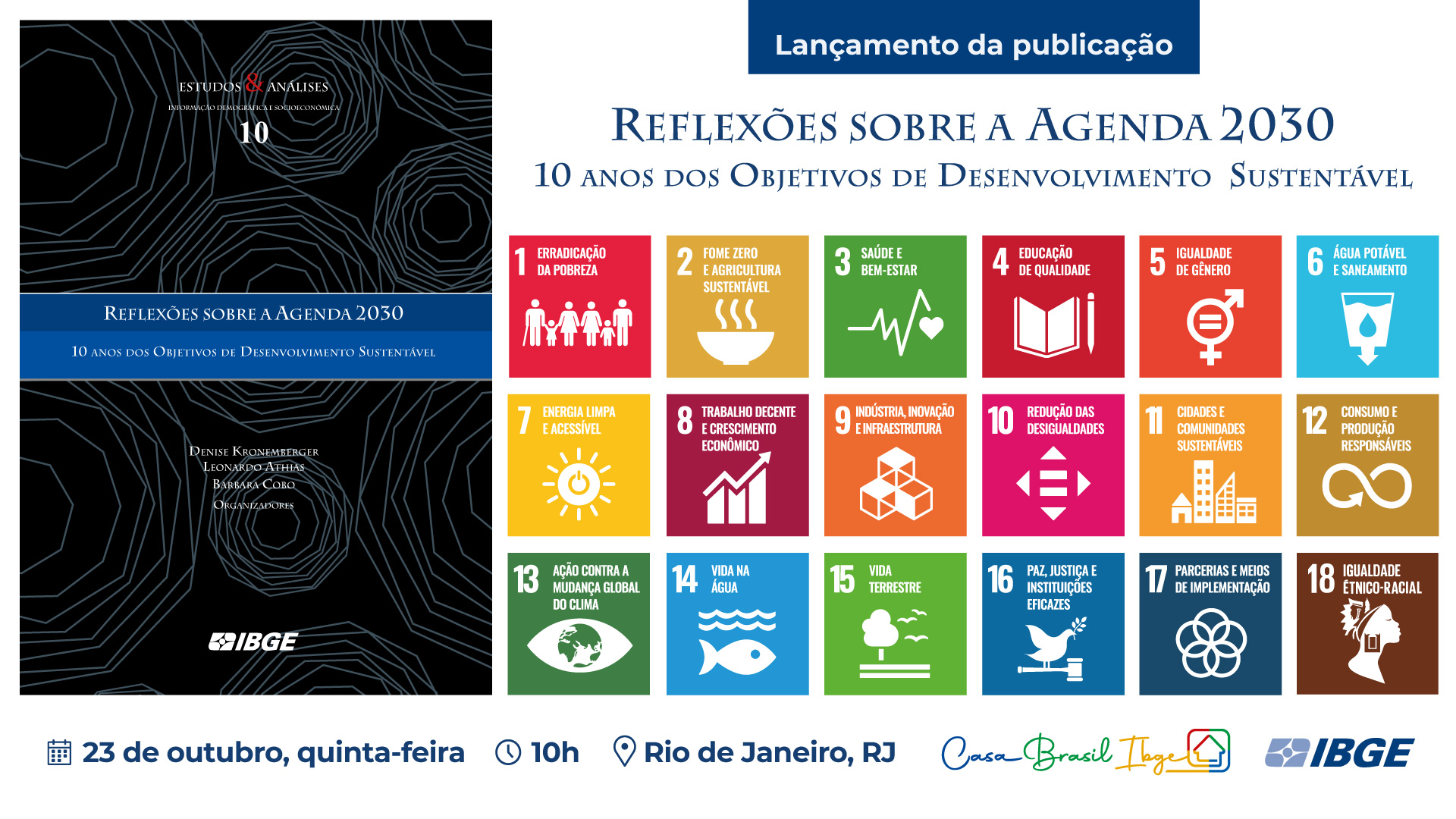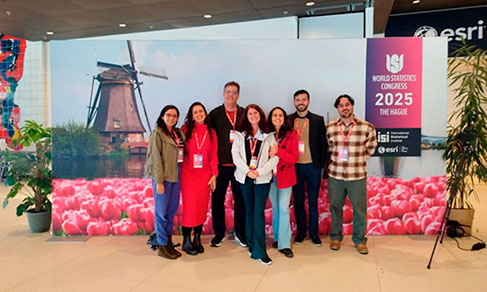Revista Retratos
Sea invades mouth of São Francisco River
December 10, 2018 02h00 PM | Last Updated: December 10, 2018 06h19 PM
Cabeço Island is located right in the mouth of the São Francisco River and it is part of the municipality of Brejo Grande (SE). In the so-called Low São Francisco, the river divides the states of Alagoas and Sergipe and drains off in the Atlantic. Up to the 1990s, the community of Cabeço mainly lived from fishing, as well as from the cropping of rice and coconut. Since the construction of the barrage of the Xingó Hydroelectric Power Plant in that decade, the sea invaded the village.
Alone in the sea, tilted by the stream, the lighthouse of São Francisco do Norte reminds the history of the village that disappeared in the mouth of the Old Chico. Installed in 1873, the lighthouse that guided ships for more than 120 years stood on solid ground, behind the Bom Jesus Church, at the village of Cabeço.
"The community had nearly 150 houses", tells Chico, resident in Brejo Grande. "It had a bakery, school... Since then, the sea tore down everything continuously. It tore down the cemetery, everything", reminds him, and continues jokingly: "even dead people drowned!".

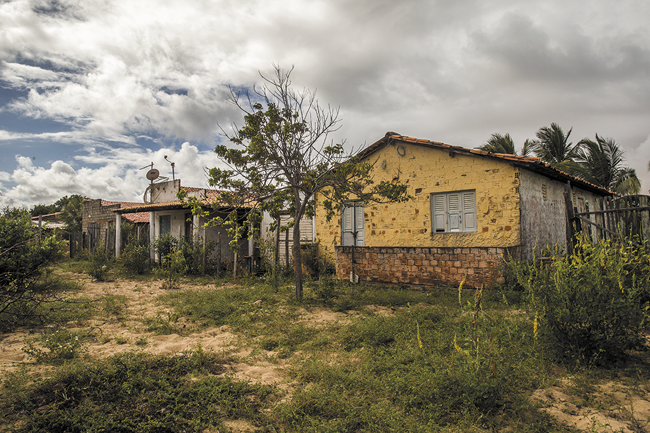

The sea moves forward
55-year-old fisherman Manuel dos Santos lives in Piaçabuçu today, a municipality on the Alagoas side of the mouth of the São Francisco River, though he had lived in Cabeço. "Everything changed a lot here! I remember everything, because I was raised in this farm. Arambipe Farm was too large, it ended in the sea. The lighthouse is still in the middle of the sea, though the rest was gone".
Santos left Cabeço when he was 17 years old: "When things begin not to work anymore, we begin to look for other ways...and so on. Fishing is down, as the São Francisco River is drying...this has mistreated people that live from fishing".
Many species of fish are vanishing from the river: "pilombeta, piau, xirá...there are no more freshwater fishes that stood in the creeks in Brejo Grande, in Brejão... Freshwater shrimp also disappeared", explains Chico. "There is only fish farming: tilapia, tambaqui. And shrimp", complements Santos.
The cropping of rice and coconut in the region was also affected by the salinization of the water and decreasing flow of the São Francisco River, which killed the coconut trees and affected the flooding areas where rice was cropped.
The dynamic of the waters
Both Santos and Chico attribute the advance of the sea to the construction of the barrages upstream: "São Francisco River is suffering due to the barrages. They hindered the waters, there is no water from Minas, from the Canastra Mountain anymore", explains Chico. "We do not have more river water due to these barrages. And we keep on suffering down here. Suffering a lot", describes Santos.
Indeed, the construction of barrages causes significant changes in the natural dynamics of rivers, mouths, coastal zones and, consequently, causes the riverbanks to retreat.
As explained by Claudio Stenner, IBGE´s coordinator of Geography, the river carries silts from the continent and lays them in the mouth, advancing towards the sea. With the construction of barrages, most of the silts do not arrive at this point. Therefore, the river lays less silt, which causes the erosion of the coast. The control of floods and flows of the hydroelectric plants also affects the laying of silt, as it changes the natural seasonality of the rivers.
Dispute for water
Stenner also explains that the structural process of occupation of the São Francisco basin, either urban or agricultural, has been causing a degradation and loss of natural vegetation in many areas: "this leads to a reduction in the reload capacity of all the system: without vegetation, the rainwater drains and is not stored, which also causes more silting in the river".
Another factor is the dispute for the use of water: the volume of the river water is limited, and the water of the Old Chico is key to supplying, irrigation and production of energy.
"Such management always involve a conflict, because any increase in the production of electricity causes a reduction in the water for irrigation. If I hold the water at the barrage, I reduce the flow in the mouth. If I reduce the flow in the mouth, the sea will enter more", exemplifies Stenner.
On top of all this there is the issue of global warming, which, though not a consensus, may be related with this phenomenon, intensifying the natural cycles of drought and reducing the volume of water of the São Francisco River.
With all these factors happening upstream, the Old Chico arrives weakened at its mouth and keeps on losing space for the salty waters of the Atlantic.
See more on the São Francisco onRetratos #13 and on the following links:
Riverside jobs still resist in the São Francisco
São Francisco River enables strategic connection between Major Regions in Brazil
Video reports presents Old Chico, the enduring river


